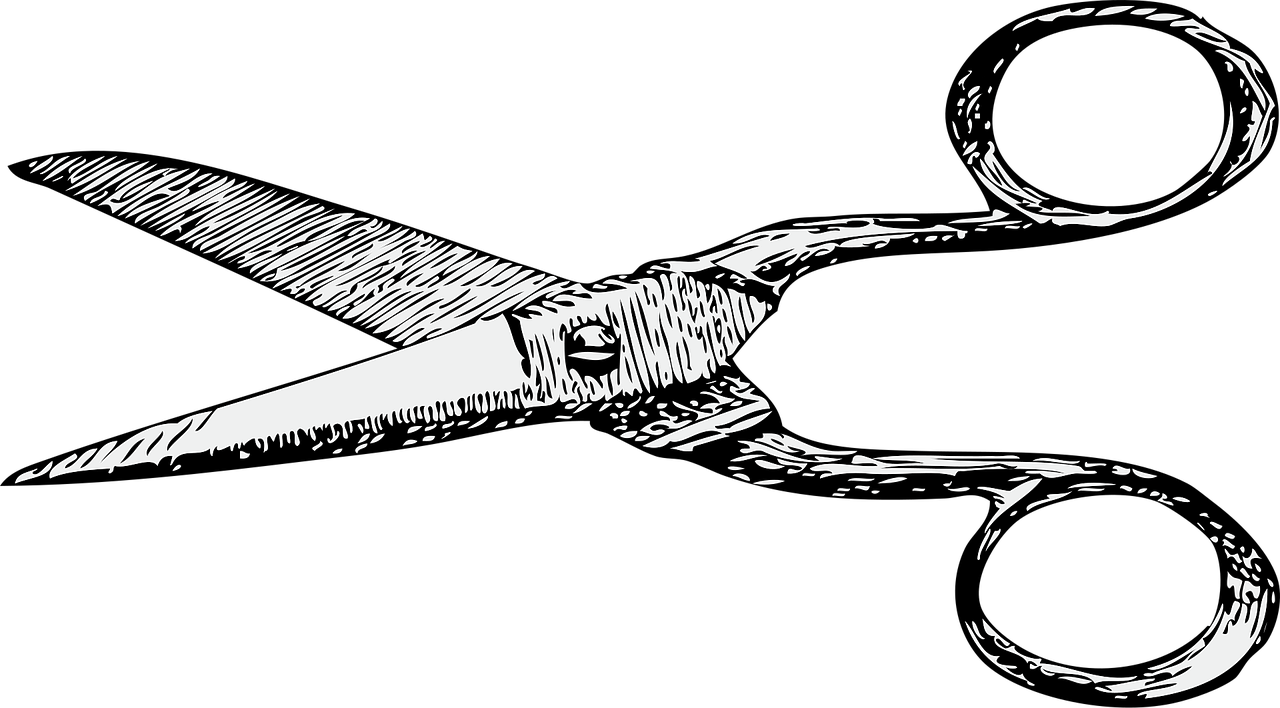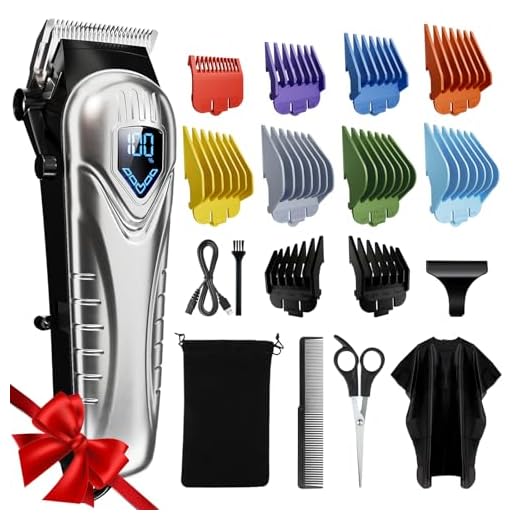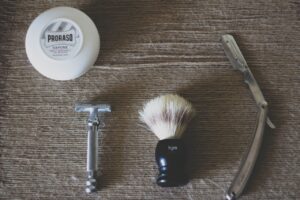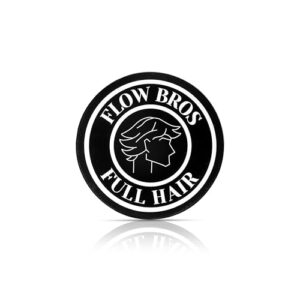Gentle clippers, calmer heads
Gentle clipper cuts make hair care easier and more comfortable for seniors with sensitive scalps. This guide gives clear, practical steps to prepare, clip, soothe, and maintain comfort so you can deliver safe, dignified, stress-free haircuts at home every time.
What you’ll need
Sensitive Scalp Hair Care Review: Cleure
Set a calming space and check comfort first
Quiet room, simple comforts — can a five-minute prep halve anxiety and fidgeting?Arrange a quiet, well-lit area with a comfortable chair that supports the back.
Reduce loud noises and distractions: close windows, silence phones, and lower the TV.
Offer a soft cape or towel and a warm blanket or favorite cushion to increase comfort.
Sit with the person briefly and explain the plan in a calm, simple voice.
Ask about scalp sensitivity, pain, recent skin issues, and past reactions to clippers.
Test the clippers at a distance so they hear the sound and see they’re normal before you touch the head.
Confirm they’re comfortable and willing before you begin.
Pause and breathe together if anxiety appears; proceed only when calm and ready.
Helpful comforts:
Choose blades, guards, and speed for sensitivity
Not all clipper settings are equal — why slower, longer guards feel kinder than bravado buzz cuts.Select an adjustable guard that leaves slightly more length than you think you need; longer guards reduce tugging and scalp contact.
Use the lowest comfortable clipper speed to cut vibration and noise—start slow and raise only if needed.
Ensure blades are sharp and well-oiled; dull blades pull hair and irritate the skin.
Consider a comb-assisted technique for very thin or fragile skin: lift hair with a comb and cut alongside it rather than pressing the clipper flat to the scalp (for example, hold a ½” of hair out with a wide-tooth comb and trim the ends).
Keep a towel handy to catch loose hairs and blot irritations.
Inspect the scalp often for redness or tiny nicks, and when in doubt, err on the side of leaving more hair rather than less.
Use gentle handling and smart clipper technique
Hands like a caregiver, not a barber — who knew small angle changes protect skin so well?Hold the clipper lightly to avoid pressing blades into the scalp; use a relaxed grip like you would holding a toothbrush.
Speak calmly while cutting so the person knows what to expect with each pass. Pause regularly to check comfort and inspect the skin.
Protect sensitive spots and work slowly around trouble areas
Scars, thin spots, or tender patches? Treat them like jewelry — delicate and worth protecting.Identify sensitive areas before you start: scar tissue, thin skin, moles, irritated patches, pressure sores or recent surgery sites.
Soothe and cleanse afterwards
A tiny aftercare routine can transform a trim into a spa-like moment — immediate calm, visible care.Brush away loose hair from the neck and shoulders with a soft brush, then wipe the neck and face with a damp towel or fragrance-free wipe.
Apply a gentle, unscented moisturizer or aloe gel to any exposed scalp to calm irritation.
Offer a mild shampoo at the sink if tolerated; otherwise use a dry-shampoo powder or no-rinse foam (for example, spray lightly, comb through, then blot).
Check the scalp carefully for nicks or cuts and apply a sterile strip or small adhesive dressing if needed.
Keep the person warm with a towel or blanket.
Praise their cooperation to reinforce calm behavior and build trust for the next appointment.
Note any redness or soreness to monitor over the next 24–48 hours.
Maintain and schedule with dignity
Short, frequent trims beat long rough sessions — why mini-maintenance is kinder and smarter.Create a gentle maintenance schedule based on hair growth and the person’s tolerance. Example: tidy the neckline every 1–2 weeks and a light trim every 3–4 weeks to reduce stress.
Train caregivers to do basic comb-throughs and spot scalp problems. Show them to look for redness, flaking, sores, or increased tenderness and when to report concerns.
Keep clippers clean and safe:
Record preferred guard lengths and any sensitive spots in a care note (e.g., “Top: #3; sides: #2; avoid crown”). Encourage hydration, short scalp massages, and mild shampoos between cuts. Consider professional home-care stylists as mobility or health declines.
Comfort first, style second
With gentle technique, patience, and small adjustments you can deliver a dignified, comfortable clipper cut for seniors with sensitive scalps. Try these steps, invite feedback, and share your results — practice builds confidence; start today and tell us how it went.













I appreciate the dignity-forward tone, but felt the guide skimmed over consent nuances. For seniors with cognitive decline, it’s worth a few extra lines on checking assent, using simple yes/no questions, and stopping if they’re distressed.
Otherwise solid tips on guards and slow technique.
Agree — my experience with dementia patients taught me that showing the clippers first and asking to touch them helps a lot. Small choices (like ‘Would you like the window open?’) empower them.
Excellent point, Daniel. We should absolutely expand the consent/assent section to include clear phrases and non-verbal cues to watch for. Thanks for flagging this.
Totally. Even letting them pick the music can be a form of consent and comfort.
Huge fan of step 5 — soothing and cleanse afterwards. A cool, damp microfiber cloth with a dab of sensitive aftershave balm (alcohol-free) works wonders. My neighbor fell asleep once during the massage and I nearly cried lol.
Also, scheduling with dignity (step 6) is so underrated. Remind families to ask about timing around naps/meds.
Yes to scheduling! My dad does better in the morning before he gets stiff. Small timing wins = smoother cuts.
I used a plain aloe-based balm from my local pharmacy — nothing fancy. Always patch-test first though!
Could you share the balm brand? I’m always on the lookout for gentle aftercare options.
Thanks for the product tip, Lisa — alcohol-free balms are perfect for sensitive scalps. We’ll emphasize timing around meds/naps in the scheduling section.
Long comment because this actually saved my afternoon yesterday.
I followed steps 1-4 exactly — set a calm playlist, used a #3 guard for most areas, slow technique around the crown and behind the ears. Key thing: keep your hand steady and your other hand as a gentle guide on their head so they feel supported. I almost forgot to wipe the clippers between passes (oops) and got a little tug — so be gentle on wet/knotted hair.
One typo I’d fix: in step 3 you say “smart clipper techniqe” — heh. Otherwise great.
Good tip about the guiding hand. Makes a huge psychological difference for someone anxious — they know you’re there and not rushing.
Really appreciate the detailed walk-through, Tom — and thanks for catching the typo! We’ll fix ‘technique’ right away.
This was cute and useful but kinda obvious? 🤷♀️
Still, the tip about protecting mole areas was new to me. I once nicked a tiny spot and felt awful for days. Maybe add a short photo or diagram next to “Protect sensitive spots” for visual people.
Thanks for the honesty, Sarah — we tried to keep it simple for first-time caregivers, but adding a small diagram is a great idea. Noted for next update.
Agree about pics! Even a simple illustration of ear/neck trouble zones would help novices feel less nervous.
Photos would help but be careful with privacy — maybe generic line drawings. Also, use a small mirror for awkward spots if the person can tolerate it.
Lol obvious or not, I still missed step 5 once and my uncle smelled like barber shop for 3 days. So I appreciate the reminder 😂
As a caregiver, I appreciated the technique tips — especially ‘work slowly around trouble areas.’ One extra trick: keep a favorite object (photo, small toy) in front of them while you work so their eyes are focused and they’re less tense.
Also, anyone else find that a slow circular motion with the trimmer (rather than straight passes) calms perceived tugging? Might be placebo but it works for me.
Circular motion — interesting! I’ll try next time. Placebo or not, if it reduces flinching, it’s a win.
I use a handheld fan as a distraction tool sometimes — looks silly but the airflow is comforting for my aunt.
Thanks for the distraction tip, Michael — that’s a lovely idea and very practical. We’ll add that to step 1 or 3 as a suggested calming strategy.
The photo trick is so sweet. My dad loves looking at our dog while I trim him — instant calm.
Helpful and practical. I wish there was more on noise reduction — some seniors get spooked just by the sound. Does anyone have tips for making clippers quieter? I tried foam ear protectors but they seemed weird.
Curious about blade types too: ceramic vs stainless? Which is gentler?
Good questions. For noise, try running the clipper away from the chair (so they hear it but not right next to their head) and pair with calming music or a fan. Ceramic blades often run cooler but can be pricier; stainless is durable. We added a short blurb comparing them in step 2.
I use a rechargeable quiet-clipper model — marketed as ‘low noise’ — and it helped tons. Also, distracting convo + familiar podcast = magic for my grandma.
Loved this — finally a guide that treats scalp sensitivity like a real thing. I used a low-speed guard and talked through each step with my dad; made a HUGE difference. 😊
A couple of tiny things: maybe add a note about testing clipper temperature more often (they can heat up fast). Also, the “comfort first, style second” line is gold — reminded me to focus on his comfort over a perfect fade. Typos aside, great guide!
Also worth mentioning: a little clipper oil after use helps prevent overheating next time. Simple maintenance goes a long way.
Totally—clippers can get surprisingly hot. I wrap a thin towel around the blade when pausing if I’m helping my mom. Keeps things safe and calm.
Thanks, Emily — glad it helped! Good call on temperature checks; I’ll add a small note to step 3 about pausing to check the blade warmth every few minutes.
Question: what’s the best way to clean blades between clients/family members? The guide mentions maintenance but not the exact routine. Do you use disinfectant sprays, wipes, or full blade removal and soak?
Also, how often should you oil them if you’re doing weekly trims?
Great question. We recommend wiping hair away, removing visible debris, then using a blade disinfectant spray after each use. For more thorough cleaning, remove the blade periodically (weekly for regular use) and brush/soak in a manufacturer-recommended solution. Oil before and after each use if trimming weekly.
I do a quick spray+wipe after each client and a deep clean every month. Oil every few uses keeps things smooth.